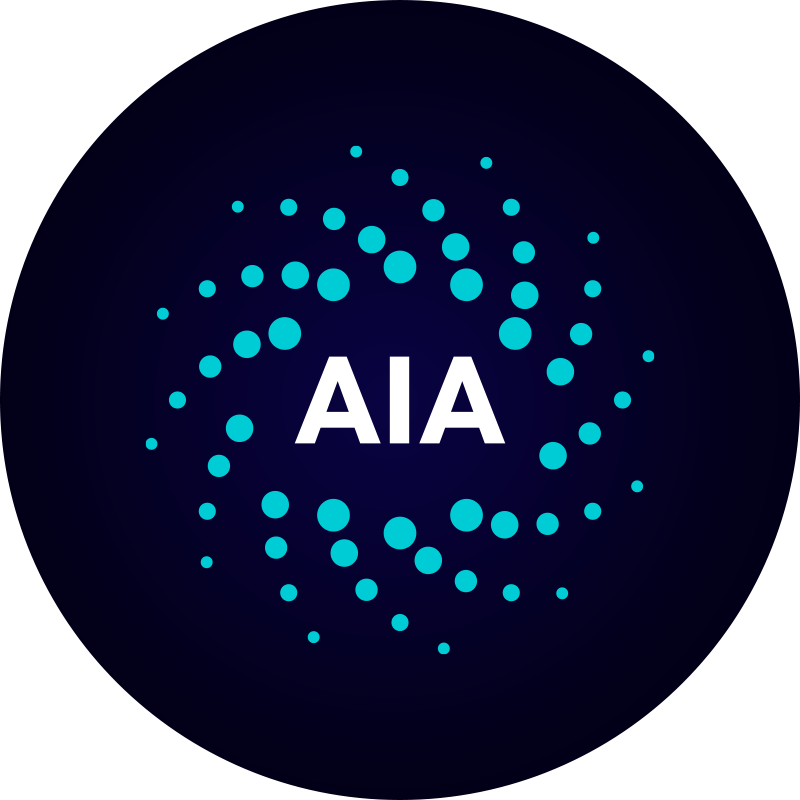How Many Transactions Does Visa Process Per Second?

Introduction
Ever wondered just how many transactions Visa can process per second? In the realm of financial services, Visa stands as a gargantuan figure with the capability to process over 1,700 transactions per second on average, with peaks at around 65,000 transactions per second. This number highlights a robust infrastructure designed for speed and reliability. The prowess of Visa's processing capability lies in its sophisticated technological and network backbone, making it a cornerstone of the global financial system.
However, with the rise of cryptocurrencies and blockchain technology, Visa's traditional transaction processing faces new challenges and opportunities for integration. This potential shift raises intriguing questions about the future of finance, digital currencies, and the systems that underpin the global economy.
Historical Background or Origin
Visa started its journey in 1958 as the BankAmericard credit card program. This initiative was a fresh concept aiming to replace cash transactions with credit systems. By 1976, the expansion and adoption of the idea led to the creation of what we know today as Visa.
Visa revolutionized financial transactions by offering a system that connected consumers, merchants, financial institutions, and governments in a seamless web of commerce. Its technological evolution kept pace with the growing demand for electronic payments, leading to the development of the VisaNet system, which underlies all Visa transactions.
VisaNet, launched in 1973, was a groundbreaking step, employing cutting-edge data processing technology to manage transaction information globally. Over the decades, Visa has built upon this system, incorporating advanced security measures and innovative technology to maintain its position in the ever-evolving financial landscape.
Working Mechanism
Visa's platforms, including its processing networks like VisaNet, utilize an elaborate architecture that ensures smooth, secure, and fast transaction processing. When a cardholder initiates a transaction, VisaNet verifies the transaction details, authorizes the transfer of funds, and ensures the safety of consumer data.
The process involves multiple steps:
- Authorization: Visa verifies the credentials of the cardholder and the credit availability.
- Clearing: The data from the transaction is sent to the bank and merchant systems for processing.
- Settlement: Funds are transferred between all involved parties based on the transaction details.
Visa's ability to handle tens of thousands of transactions in a split second is a testament to its state-of-the-art data centers, layered security protocols, and the massive computing power applied to every transaction globally.
Benefits or Advantages
Visa's transaction infrastructure offers numerous advantages:
- Scalability: Visa's infrastructure can handle massive amounts of transactions simultaneously, proving its scalability and adaptability to growing global demands.
- Reliability: With multiple redundant systems, Visa guarantees continuous service availability, ensuring that each transaction is processed without fail.
- Global Reach: A presence in over 200 countries, Visa provides access to its services worldwide, facilitating international commerce.
- Security: Advanced fraud detection and data encryption ensure that transactions are safe and secure from unauthorized access.
These benefits have cemented Visa's status as an essential player in global finance, yet rapidly evolving technologies like blockchain present new opportunities.
Conclusion or Future Outlook
Visa's remarkable history and impressive transaction processing capabilities make it a giant in financial services. Yet, as we look towards the future, the burgeoning world of cryptocurrencies and blockchain presents both challenges and opportunities.
Blockchain technology offers decentralized transaction processing, potentially democratizing financial services and providing unmatched levels of transparency, security, and efficiency. Solutions that can process thousands or even millions of transactions per second, like Bitcoin's Lightning Network or Ethereum's proposed scaling solutions, begin to rival traditional systems like Visa.
Visa itself has taken strides to integrate blockchain technology into its operations, investing in cryptocurrency projects and exploring partnerships that position it as a bridge between traditional finance and digital currencies. As financial technology continues to evolve, it's likely we'll see a merging of systems where traditional networks like Visa and blockchain coalesce to create a robust, efficient, and seamless global financial ecosystem.
Understanding how many transactions Visa can process per second provides a glimpse into the massive scale and capability of modern financial systems. It also invites curiosity about the future of finance as digital currencies gradually redefine financial interactions, prompting structural shifts that may redefine these impressive transaction speeds.
Want to get cryptocurrency instantly?
Related articles
Latest articles
See more























